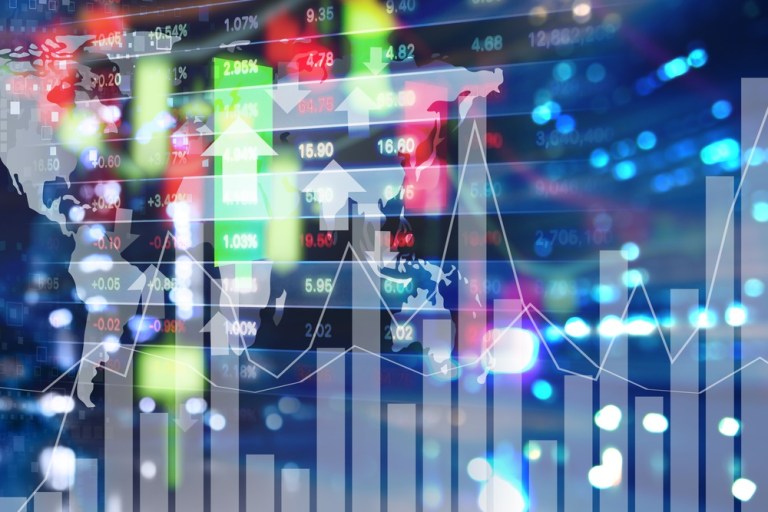
By any reckoning, there may be a reckoning coming for stocks. The December no one wants to remember is in the rearview mirror, while January has shown some real continued volatility.
But the trend, at least for fundamentals, is certainly less sanguine than had once been in place.
Consider the fact that at least some analysts on Wall Street are cutting their expectations for earnings growth, at least for the year ahead. As noted by The Wall Street Journal last week, analysts expect earnings for the broad S&P to grow at 7.8 percent in 2019, down from previous estimates. It’s decent growth – but then again, should expectations be tempered and tempered again, stocks may move lower.
That movement (i.e., downward for stocks) could have big implications for publicly traded companies carrying trillions of dollars in debt – you might say that an earnings crunch will lead to a credit crunch.
In an interview with PYMNTS conducted via written exchange, Jerry Flum, CEO of CreditRiskMonitor, said that amid falling earnings estimates, contracting multiples (which shrink as bottom lines shrink) mean that companies are not able to use equity to boost balance sheets.
And without the ability to beef up corporate balance sheets, said Flum, “creditors are unlikely to lend at the same risk premiums (aka interest rates), thereby making the cost of financing go up or the amount [of debt] available for rollover to be limited.”
That reluctance to lend, coupled with higher interest rates, will have a ripple effect on supply chains, said the executive. Heavy debt loads, and the deterioration of creditworthiness, mean that firms can find it more difficult to “float” accounts payable. If that happens, cash conversion cycles become harder to manage – and “additionally, the limitation on value and time-to-pay [that are extended] for A/P can create issues for production logistics and on-time inventory supply,” said Flum.
Tapping Credit … if Available
Publicly traded firms carrying heavy debt loads that find they have limited cash on hand to buffer against market cap drops, said Flum, will be forced to tap revolvers if available, or attempt to solicit funding from the high-yield bond market – just “as the costs for riskier borrowing are rising.”
This situation creates a vicious cycle, thereby causing firms to take on additional debt to finance the maturity of existing debt at higher interest rates, he said.
The eventual impact can be significant, as Flum said CreditRiskMonitor expects that the default rate will rise to between 12-15 percent, leagues above the current roughly 1.5 percent default rate seen in recent periods. Perhaps the best defense is a cautionary approach to debt in the first place – as he told PYMNTS, “you’ve got to be in the Hall of Fame for bad management to bankrupt a debt-free company.”
As for that dreaded B-word: Bankruptcies from those defaults will skyrocket, Flum predicted. “For senior creditors, bankruptcy may not be as big of an issue, since they are at the top of the capital structure. However, for those suppliers with outstanding A/R or trade credit from those firms, typical recovery rates are 10 cents to 15 cents on the dollar.”
There’s proof positive of this in recent weeks and months. One need only look at the declines in revenues and market capitalization of Apple’s suppliers amid waning iPhone demand (and guidance cuts), or warnings from Mattel and Hasbro in the wake of the Toys R Us bankruptcy, to see how ripple effects can take shape.
The Great Recession is the most starkly analogous situation, and one tied directly to a credit crisis, said Flum. But this time may well be different.
“The amount of GDP contributed by governments and central banks has increased in every major region around the world, and interest rates are still well below historical averages, which means that there is far less ammunition stockpiled for this next round,” he said.